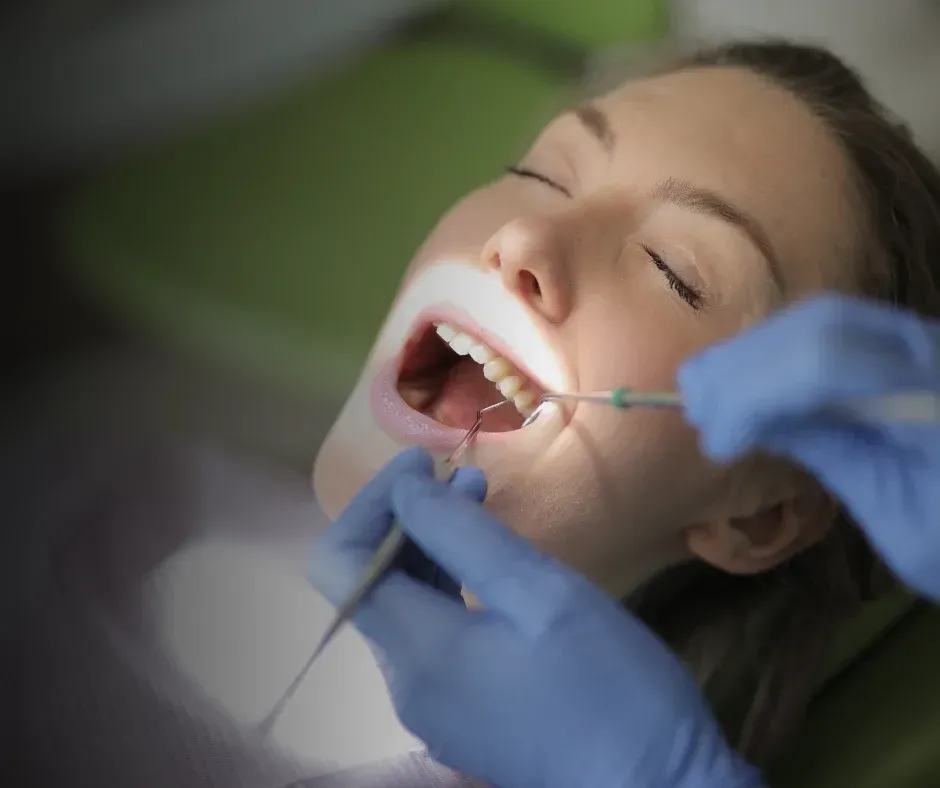Dental X-Rays: Are They Safe? Types, Timing & Costs
Dental care goes beyond brushing, flossing, and routine cleans. Dentists often rely on dental X-rays to see beneath the surface. These images reveal cavities, infections, and bone changes early, enabling timely treatment.
This article is part of our comprehensive guide — General & Family Dentistry in Weston Creek: The Complete Guide — and explains the safety, types, timing, and costs of dental X-rays, so you’ll know exactly what to expect during your next visit.
Why Are Dental X-Rays Important?
Many dental issues cannot be detected by visual inspection alone. X-rays help reveal:
- Cavities hidden between teeth
- Early signs of gum disease or bone loss
- Root infections in a tooth
- Wisdom tooth or jaw alignment problems
By spotting problems early, your dentist can recommend preventive or restorative treatment before they become emergencies.
Are Dental X-Rays Safe?
Understanding Radiation in Dentistry
Patients often ask about radiation dental safety. Dental X-rays involve very low radiation doses — much lower than the natural background radiation you encounter daily.
Safety Precautions
At Weston Creek Dental Care, strict safety measures are always followed:
- Use of protective lead aprons and thyroid collars
- Digital X-ray systems with much lower radiation than older film models
- Only taking X-rays when clinically necessary
Global dental associations confirm that the benefits of X-rays outweigh the minimal risks when proper precautions are taken.
Types of Dental X-Rays
Bitewings
Show both upper and lower teeth in one image. Commonly used to detect cavities between teeth or early bone changes from gum disease.
OPG (Orthopantomogram)
A panoramic X-ray providing a complete view of the jaws, teeth, and surrounding structures. Useful for wisdom teeth checks, orthodontic planning, and jawbone issues.
Periapical X-Rays
Focus on one or two teeth at a time, capturing the entire root and surrounding bone. Helpful for diagnosing abscesses, cysts, or advanced decay.
Cephalometric X-Rays
Mostly used in orthodontics, these display the side profile of the face to evaluate jaw position and alignment.
As highlighted in General & Family Dentistry in Weston Creek: The Complete Guide, these imaging tools give dentists a clear and complete picture of your oral health.
How Often Should You Get Dental X-Rays?
The frequency depends on your age, oral health, and risk factors:
- Children may need X-rays more often to monitor tooth and jaw development.
- Healthy adults usually only require X-rays every 1–2 years.
- High-risk patients (gum disease, recurring decay, orthodontics) may need them more frequently.
Your Canberra dentist will recommend a schedule tailored to your needs.
How Much Do Dental X-Rays Cost?
The cost of X-rays varies depending on the type and clinic:
- Bitewings are often included in standard check-ups.
- OPGs are slightly more expensive due to their panoramic imaging.
- Most health funds cover X-rays under general dental extras, lowering out-of-pocket expenses.
Always check with your health fund for coverage details.
How X-Rays Support General & Family Dentistry
X-rays contribute to many aspects of dental care:
Preventive Dentistry
Catch issues before they worsen.
Restorative Dentistry
Assess decay depth before fillings, crowns, or root canals.
Family Dentistry
Children benefit from bitewings to monitor growth and cavity risks.
Emergency Dentistry
Identify causes of sudden toothaches, infections, or trauma.
As explained in our pillar guide, routine imaging is not a standalone treatment but a vital part of complete dental care.
FAQs About Dental X-Rays
Do dental X-rays hurt?
No. The procedure is quick and painless.
H4: Are they safe for kids?
Yes. With digital systems and protective shields, they are safe and effective for monitoring development.
H4: Can I decline an X-ray?
Yes, though it may limit your dentist’s ability to diagnose issues correctly.
H4: How much radiation is involved?
Very little — a set of bitewings exposes you to less radiation than a short plane flight.
H2: Final Thoughts
Dental X-rays are safe, reliable, and essential in modern dentistry. Whether you need bitewings to detect cavities, an OPG for wisdom teeth, or periapical images for detailed diagnosis, these tools help ensure effective preventive and restorative care.
This article is part of our complete resource — General & Family Dentistry in Weston Creek: The Complete Guide — covering preventive, restorative, family, and emergency dentistry.
By visiting our Weston Creek Dentalcare, you can feel confident that X-rays are taken responsibly, protecting both your health and your smile.




